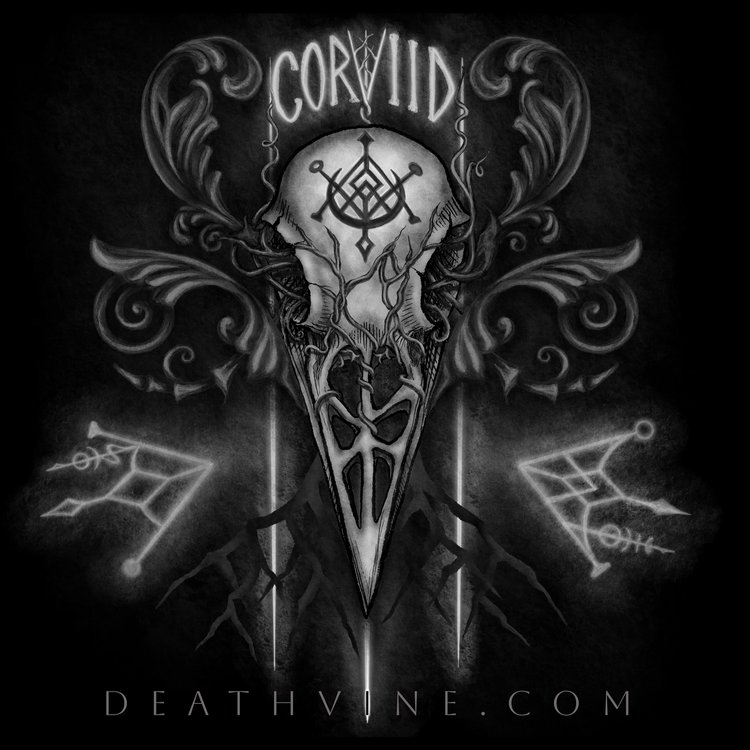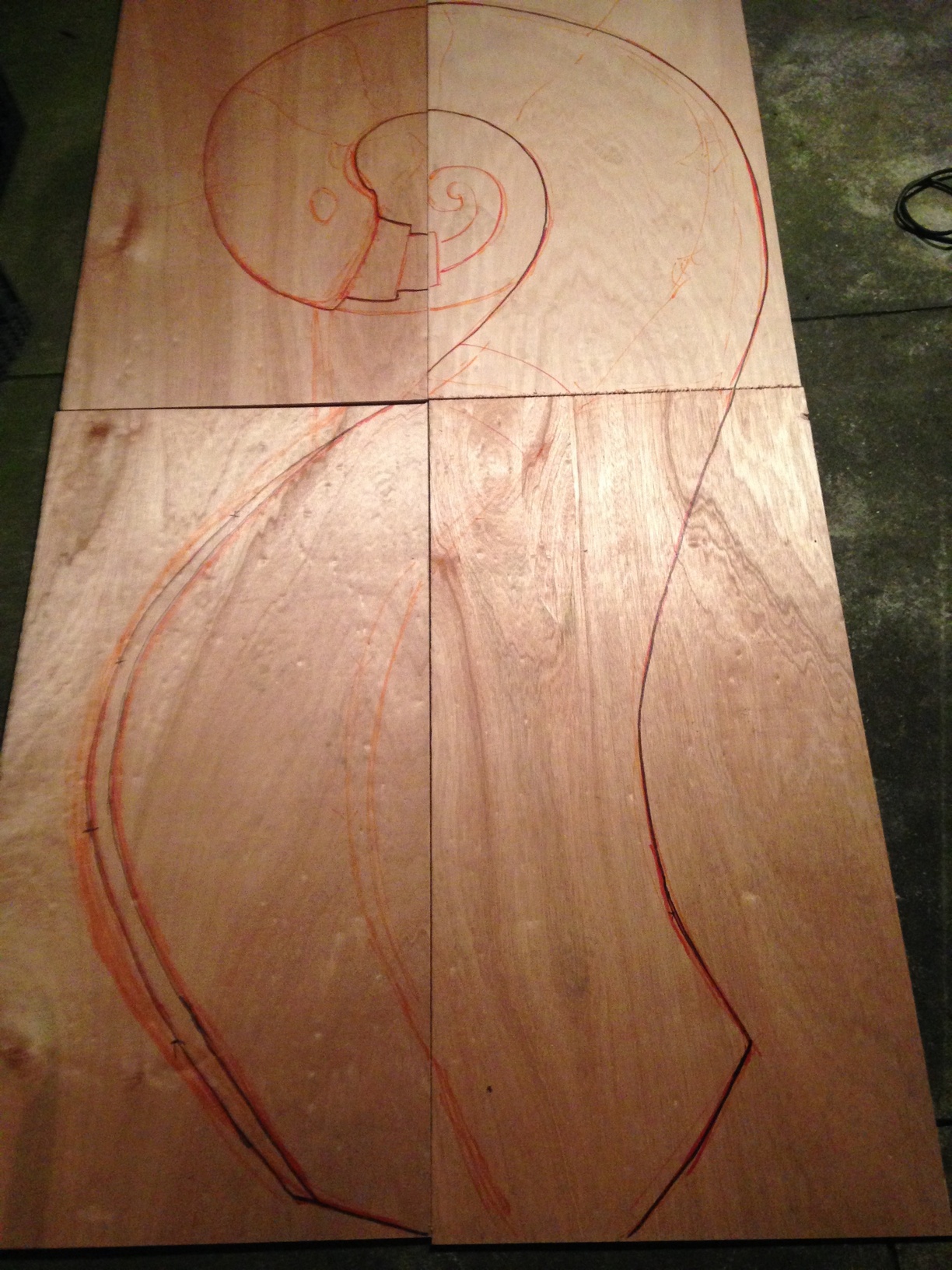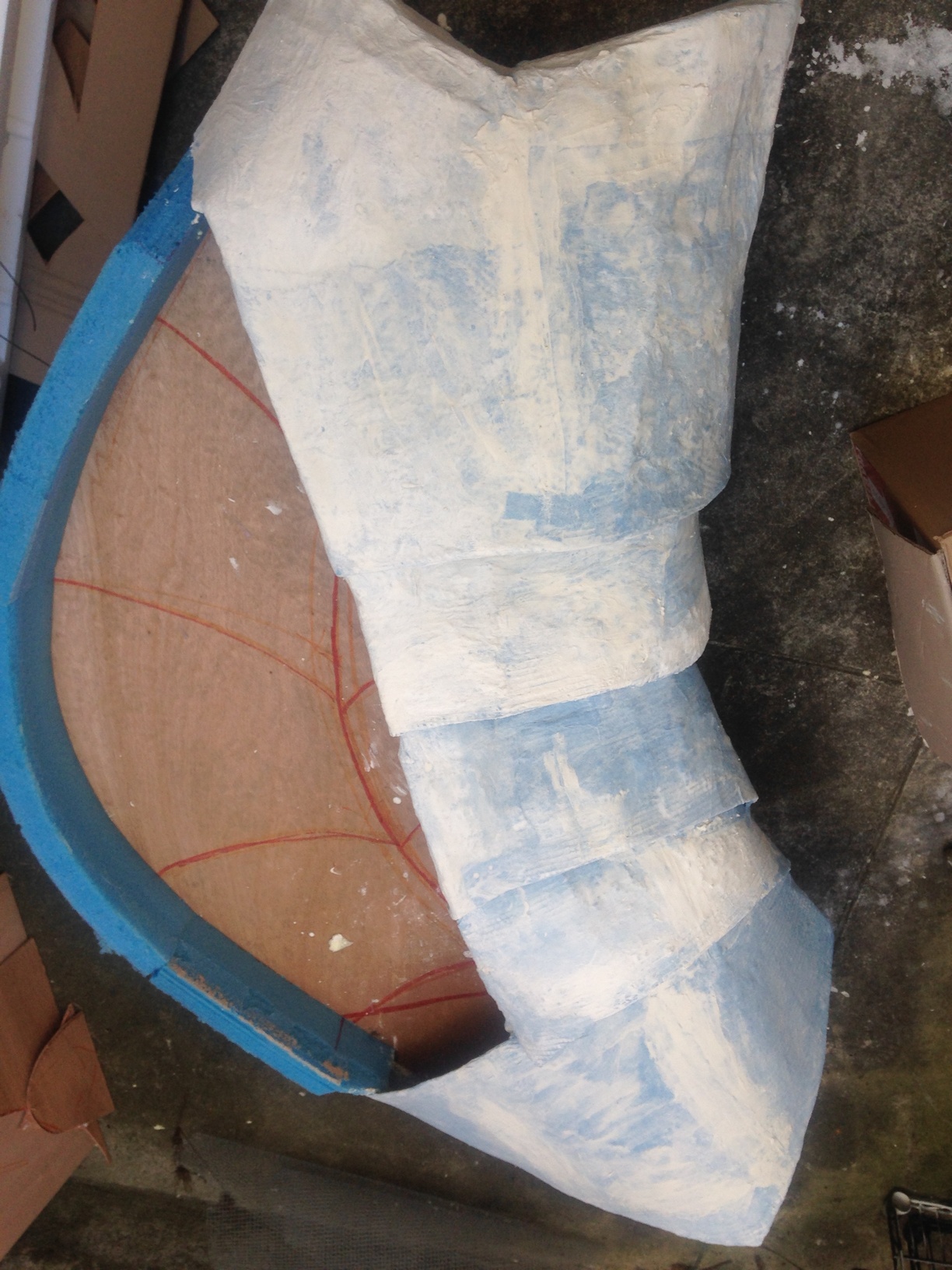The WunderKreature (family: Mirabilidae)
(Scroll down for pictures)
A few years ago I had the idea to fabricate a cryptozoological creature that looked as though it was a 'living Wunderkammer.' It evolved from an idea for an installation that would be modelled after the curiosity cabinets of Renaissance Europe: I was going to build an excavation-like display of the specimens of fantastic creatures and nest them in unique cabinet-and-shelf displays of their 'artifacts.' The project didn't happen when expected, but the idea sat in my mind and became more surreal over time. Eventually the creatures and the displays became one and the same. I was approached to co-curate a show with the theme of the fantastic and odd in nature in March 2016 (we called the show 'Marvelous Strange'). I saw this as an opportunity to finally create and display this creature in my mind. With about a month before the opening I got to work full-time and managed to start and finish the project in about 3.5 weeks.
Though the concept is whimsical, I wanted there to be a believable fact-based story that could explain how an organism could have a body comprised of parts organized in a very human-made way. I have a background in ecology & evolutionary biology, and this was going to be the first opportunity to really use that background in the creation of art. I began to outline the incredible evolutionary mechanisms of what I coined the Mirabilidae (because the only name taxonomists could agree upon was that it was 'wondrous' and that it could perhaps be classified at the family level). This organism unprecedentedly evolves on the individual level rather than the population level. It can consume anything from its surroundings and assimilate it into its morphology. It does not just convert matter to biomass, however, it uses the information on a cellular level to reorganize its form in order to use the shape and function of the object in order to adapt to its environment. In this way, it is the ultimate adapter. The result of individual evolution is that any two individuals look drastically different. The result of absorbing its surroundings is that each individual is a direct reflection of its environment. The 'cabinet-like' organization arose from human encroachment on the Mirabilids' habitats, when objects absorbed were human-made instead of the usual flora and fauna. Thus the colloquial name of WunderKreature was applied.
Like the creature itself, this project evolved very rapidly. Creating something that is a direct reflection of its environment gave me an opportunity to speak to the issues of environmental awareness, and the effects of human encroachment.
I created a speculative fictional world around this specimen and its kind. I wrote the natural history journal entries, environmental essays and specimen labels. I created pages torn from the field notebook of the scientist who tracked down and discovered this specimen. For this, I used my original drawings from years ago in which I sketched up multiple possible morphologies of the creature. I reproduced and presented them as the sketches the scientist created based on descriptions of the locals as she tracked down the creature. The ones that look nothing like the creature are sketches from more geographically removed areas with 2nd and 3rd-hand account, and the ones where I began to hone in on the actual form are more accurate descriptions as she grows closer to its home range.
I also wanted to weave this creature into history and mythology, so I invited other writers in to contribute with newspaper clippings from different eras and fake folkloric grimoires. Together, we speculated on how creatures such as the Chimera, the Sphinx, the Loch Ness Monster, the Vegetable Lamb of Tartary, and so on, could have been Mirabilidae. Even gods and goddesses could have possibly been as well. Like Kali, if they had multiple human parts, it may have been a Mirabilid that had simply absorbed many humans and be worshipped by the nearby populations, with its story spreading throughout a culture.
As part of this display I gave a lecture that gave a brief survey of fantastical creatures: beginning from medieval bestiaries, through the natural history and scientific revolution up to today, and talked about how the way we invent creatures is a direct reflection of our worldview. I then spoke about the artistic process and meaning behind my creation of the Mirabilidae.
Finally, because of the individualistic nature of this creature, in the near future I intend to continue making an entire specimen collection of wildly varying creatures so that I can expand on the scientific exploration and the mythology of the Mirabilidae, and continue to hold up a mirror to our existence in the world and the ecological impact of our species.
Photographs: finished piece
Watermarked photos are by Jonathan Pirro. All other photos are by me.
Documents
Photographs: Work in Progress
Note: almost all materials used here are recycled (the only exception being spray foam). All foam scraps were saved for use in future projects and not sent to landfill.























































































































